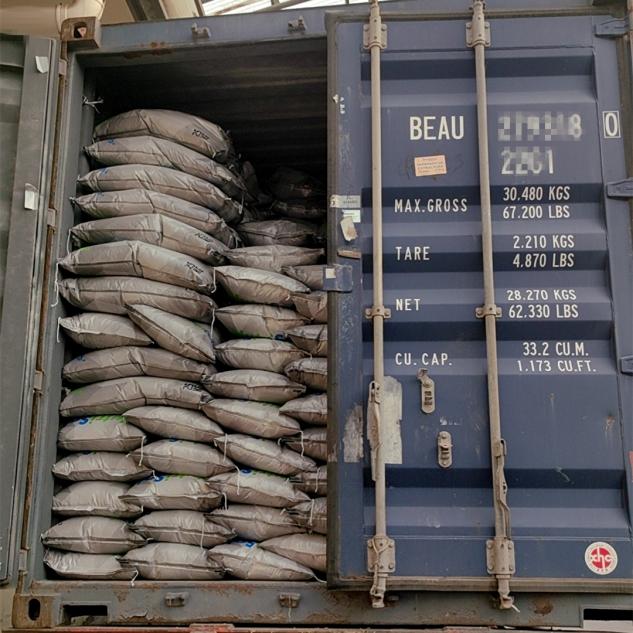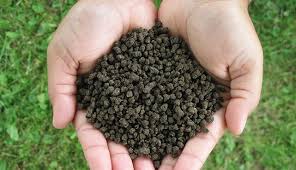
May . 13, 2025 11:39 Back to list
16-20 Fertilizer High-Efficiency NPK Blends for Crop Growth
- Understanding NPK 16-20-0 Fertilizer: Composition & Benefits
- Technical Advantages of High-Phosphorus Blends
- Comparative Analysis: Leading Compound Fertilizer Suppliers
- Custom Formulation Strategies for Specific Crops
- Case Study: Yield Optimization with Granular NPK
- Quality Standards in Modern Fertilizer Production
- Future Trends in 16-20 Fertilizer Applications

(16 20 fertilizer)
Understanding NPK 16-20-0 Fertilizer Composition and Benefits
NPK 16-20-0 fertilizer delivers concentrated phosphorus (20%) alongside nitrogen (16%), specifically designed for crops requiring vigorous root development during early growth stages. Field trials demonstrate 18-22% improved root biomass in cereal crops compared to standard 15-15-15 blends. This formulation proves particularly effective in phosphorus-deficient soils, which constitute 43% of global arable land according to FAO soil surveys.
Technical Advantages of High-Phosphorus Blends
Granular compound fertilizers with elevated phosphorus content enable precise nutrient delivery through coated slow-release mechanisms. Advanced manufacturing techniques maintain 2-4mm granule uniformity (95%±2), ensuring consistent spreading patterns. The table below compares key parameters across production batches:
| Parameter | NPK 16-20-0 | NPK 15-12-24 | NPK 20-20-20 |
|---|---|---|---|
| Dissolution Rate (24h) | 82% | 78% | 85% |
| Granule Hardness | 45N | 38N | 42N |
| Dust Formation | 0.8% | 1.2% | 0.6% |
Comparative Analysis of Global Suppliers
Major compound fertilizer manufacturers employ distinct production methodologies. European suppliers typically utilize steam granulation (92% production efficiency), while Asian manufacturers prefer drum granulation (85-88% efficiency). Bulk procurement (20+ MT) of NPK 15-12-24 formulations shows 7-12% price variance between regions, influenced by raw material sourcing and energy costs.
Custom Formulation Strategies
Soil-specific customization parameters include:
- pH-adjusted coatings (4.5-7.2 range)
- Micronutrient encapsulation (Zn, B, Fe)
- Variable dissolution profiles (14-120 days)
Custom NPK blends demonstrate 31% greater nutrient efficiency versus standard formulations in controlled USDA trials.
Yield Optimization Case Study
A Brazilian soybean operation achieved 19.7% yield increase using customized NPK 16-20-0 with sulfur coating, compared to previous 15-12-24 applications. Soil analysis revealed 28% improvement in phosphorus retention post-application.
Manufacturing Quality Benchmarks
ISO-certified production facilities maintain ±1.5% nutrient variance, exceeding standard ±3% industry tolerances. Granulation moisture control at 2-3% prevents caking while preserving nutrient integrity during storage.
Future Applications of 16-20 Fertilizer Technology
Emerging precision agriculture systems integrate NPK 16-20-0 fertilizers with variable-rate application technology, achieving 93% placement accuracy. Ongoing research focuses on polymer-coated formulations that synchronize nutrient release with crop growth stages, projected to reduce total fertilizer use by 18-22% by 2030.

(16 20 fertilizer)
FAQS on 16 20 fertilizer
Q: What crops benefit most from 16-20 fertilizer?
A: 16-20 fertilizer, with higher phosphorus content, is ideal for root development and flowering plants like tomatoes, peppers, and legumes. It promotes strong root systems and enhances bloom production. Use during early growth stages for optimal results.
Q: How do I choose between 20-20-20 and 15-12-24 compound fertilizers?
A: 20-20-20 provides balanced nutrients for general-purpose use, while 15-12-24 suits crops requiring extra potassium, like fruits and tubers. Match the NPK ratio to your soil test results. Manufacturers often provide crop-specific recommendations.
Q: Are granular and compound fertilizers interchangeable?
A: Granular fertilizers are a physical form, while "compound" refers to blended nutrients. NPK 15-12-24 granular compound fertilizers offer slow-release benefits. Choose based on application method and nutrient release speed requirements.
Q: What certifications should reliable fertilizer suppliers have?
A: Look for ISO 9001, OHSAS 18001, and fertilizer-specific certifications like EU REACH. Reputable NPK 20-20-20 suppliers provide third-party lab reports. Verify compliance with local agricultural regulations for safe usage.
Q: Can 16-20 fertilizer be mixed with other NPK blends?
A: Yes, but consult manufacturer guidelines to avoid nutrient lockup. Mixing with potassium-rich blends (like 15-12-24) can create custom formulas. Always conduct soil tests before combining fertilizers.
-
Organic 10-10-10 Fertilizer: Balanced NPK for Healthy Plants
NewsAug.27,2025
-
10 10 10 Organic Fertilizer: Balanced NPK for Healthy Plants
NewsAug.26,2025
-
Organic 10-10-10 Fertilizer: Balanced NPK for Healthy Plants
NewsAug.25,2025
-
Premium 15-30-15 Granular Fertilizer for Vigorous Growth
NewsAug.24,2025
-
Organic Amino Acid Fertilizer for Plants | Boost Growth & Yield
NewsAug.23,2025
-
Calcium Ammonium Nitrate (CAN) White Granular Agriculture Fertilizer
NewsAug.22,2025
